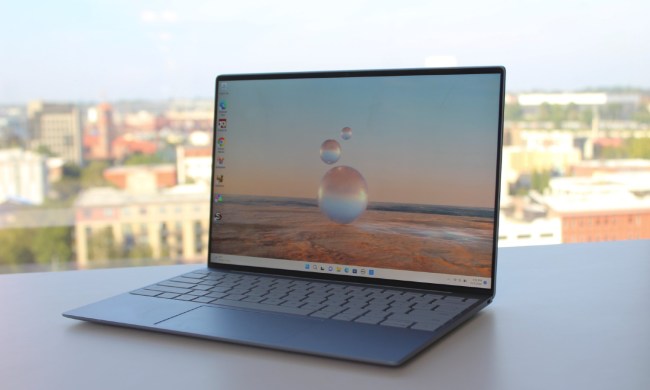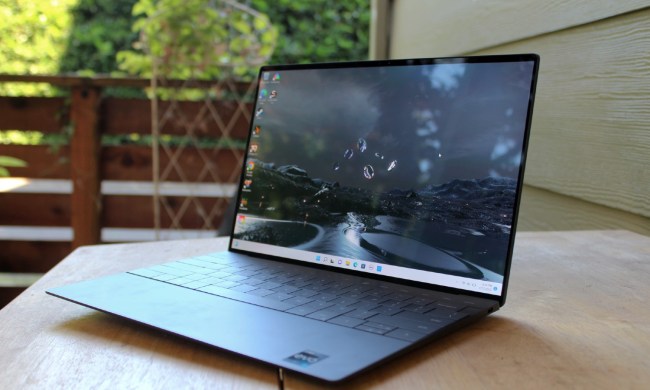Good laptops are coming in increasingly small packages, and HP’s upcoming ZBook Studio is a great example of that. Starting at $1,699, this 4.4 pound optionally packs an Intel i7 or Xeon processor, up to 32 GB of RAM and 2 TB of storage.
Those numbers would have sounded like science fiction for a desktop computer not so long ago, but HP is packing all of that into a device that’s only 0.7 inches thick. If you want power without sacrificing portability, it’s something to look forward to.
The 15.6 inch Studio, which ships in December, is HP’s attempt to improve on the previous incarnation of their ZBook – which was deemed by reviewers to be bulky and underpowered for the price. The small form factor helps combat this, but the price is even higher this time around.
And customers might end up spending quite a bit more than that $1,699 starting price, considering all the upgrade options listed. There are a wide range of available processors, for example, starting with a Intel Xeon E3-1545M v5 with Intel Iris Pro Graphics P580 and ranging all the way up to the Intel Core i7-6700HQ with Intel HD graphics 530. There’s even optional Nvidia Quadro M1000M discrete graphics. It’s not clear right now how much all these options could add up to.
Still, there’s a lot to like packed into this little laptop. It’s got an aluminum body, a 1,920 x 1,080 display (with an optional upgrade to 3,840 x 2160,), and even an optional touchscreen.
There are 2 Thunderbolt 3 ports, an HDMI 1.4 port, an SD card slot and 2 USB 3.0 ports.
As of this writing the device isn’t available for preorder, and it’s not clear what kind of specs the base model will offer — or what the fully outfitted version of this laptop will cost. Stay tuned.


